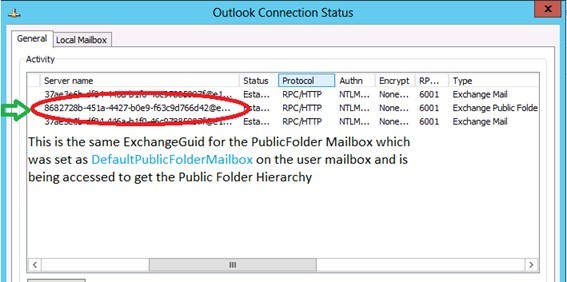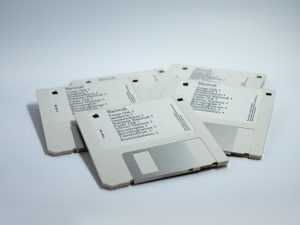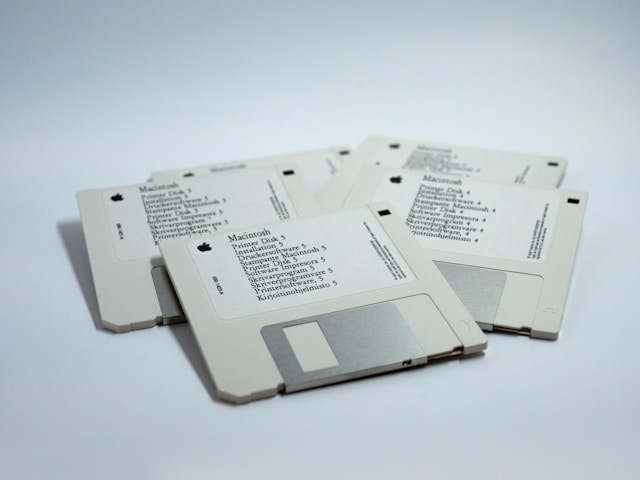Alright folks, Alistair Finch here. Today, let’s dive into the sometimes murky, but absolutely essential, world of replicating public folders in Exchange Server. Why is this important? Well, think of it as ensuring your team has access to critical information, no matter which server they’re hitting. It’s about data consistency, redundancy, and generally keeping everyone happy. So, grab a coffee (or tea, if that’s your thing), and let’s get started.
Understanding Public Folder Replication Methods
Exchange offers a couple of ways to handle public folder replication. It’s not exactly rocket science, but knowing the differences is key. Here’s the lowdown:
- Hierarchy Replication: This is all about the structure of your public folders. Think of it as the index in a book. When you create, delete, or modify a folder, these changes need to be replicated to all servers hosting replicas.
- Content Replication: This is where the actual data lives – the emails, documents, and other files stored within the public folders. When you add or modify content, this needs to be replicated.

The underlying mechanism involves the Exchange Information Store service, which handles the replication messages. You can configure how often these replications occur, balancing bandwidth usage with the need for up-to-date information.
Step-by-Step Guide to Configuring Public Folder Replication
Okay, let’s get our hands dirty. Here’s how you can configure public folder replication between two Exchange servers. I’m going to walk you through it, step by step, with some real-world tips thrown in, because let’s face it, things don’t always go according to plan.
- Open the Exchange Management Console (EMC): Fire up the EMC on your Exchange Server. If you’re on a newer version of Exchange, you’ll be using the Exchange Admin Center (EAC).
- Navigate to Public Folder Management: Find the “Public Folder Management Console.” It might be under “Organization Configuration” or “Server Configuration,” depending on your Exchange version.
- Select the Public Folder You Want to Replicate: Browse through your public folder hierarchy and select the folder you want to replicate.
- Open Properties: Right-click on the folder and select “Properties.”
- Go to the Replication Tab: Look for the “Replication” tab. This is where the magic happens.
- Add the Replica Server: Click “Add…” and select the Exchange server(s) you want to host a replica of this public folder.
- Configure Replication Schedule: You can set a custom replication schedule. The default is usually fine, but if you have specific bandwidth constraints, you might want to tweak it.
- Apply Changes: Click “OK” to save your changes.
Troubleshooting Tip: Sometimes, replication doesn’t happen immediately. You can force replication by using the Exchange Management Shell. Use the Update-PublicFolderHierarchy and Update-PublicFolderContent cmdlets to kick things off.
Best Practices and Considerations
Before you go wild replicating everything, let’s talk best practices. Trust me, a little planning goes a long way.
- Capacity Planning: Make sure your servers have enough storage space and processing power to handle the replicated data. Don’t overload them!
- Monitoring: Keep an eye on replication status and performance. Use the Exchange Management Shell or third-party monitoring tools.
- Bandwidth Usage: Replication can consume a significant amount of bandwidth, especially during initial synchronization. Schedule replications during off-peak hours if possible.
- Security: Ensure that the replica servers are properly secured. Public folders can contain sensitive information, so protect them accordingly.
- Conflict Resolution: Be aware of potential replication conflicts. If the same item is modified on multiple servers simultaneously, Exchange will try to resolve the conflict, but it’s always a good idea to have a plan in place.
Final Thoughts
And there you have it! Replicating public folders in Exchange Server isn’t the most glamorous task, but it’s crucial for maintaining a healthy and accessible Exchange environment. By understanding the different replication methods, following best practices, and knowing how to troubleshoot common issues, you can ensure that your users have access to the information they need, when they need it.
For further reading, check out the official Microsoft documentation on public folder replication. It’s a bit dry, but it contains a wealth of information.








